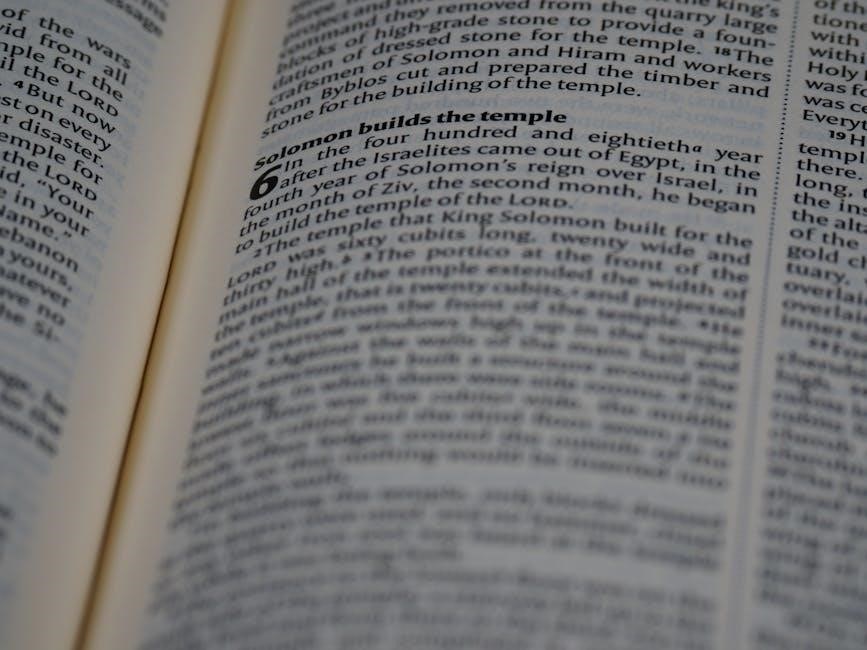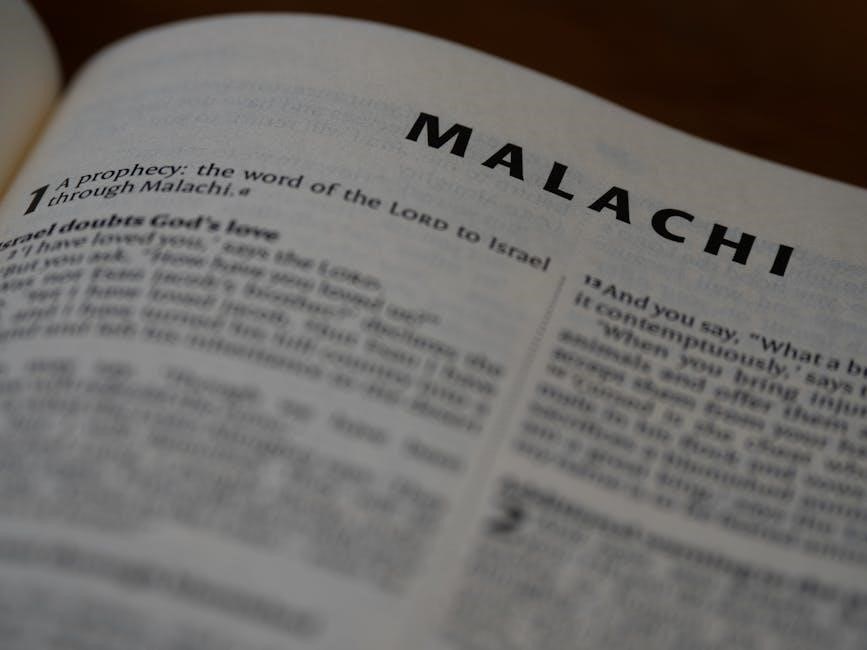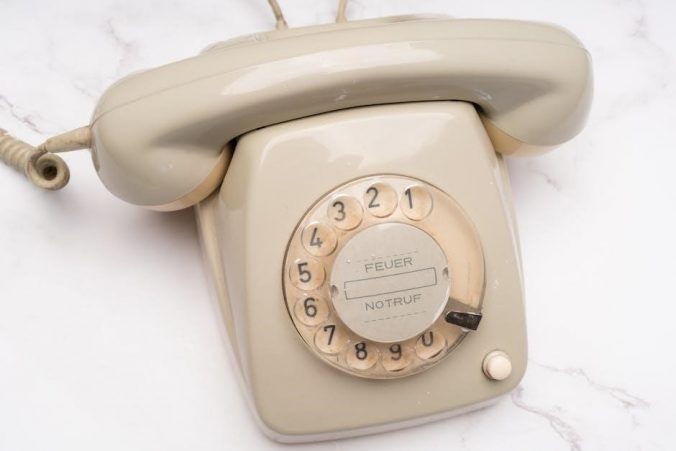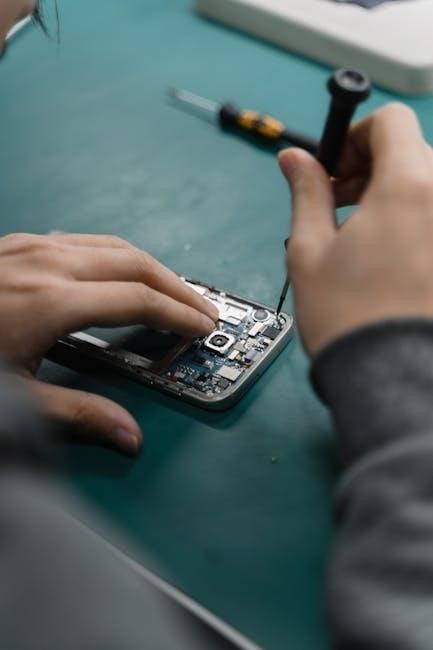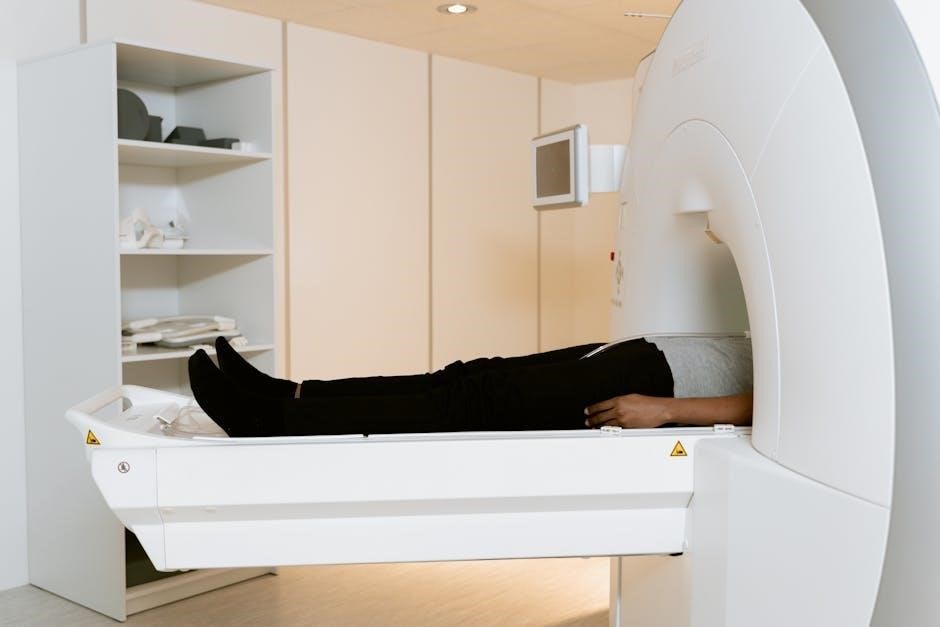Psycho Fae is a gripping fantasy romance novel by Jasmine Mas‚ blending dark fae politics with intense gladiator-style games․ Sadie and her allies navigate deadly challenges‚ uncovering secrets in a realm of moral ambiguity and shifting alliances‚ all while facing the sinister Fae mafia and the manipulative Fae queen․ This book is the second installment in the Cruel Shifterverse series‚ offering a thrilling mix of action‚ intrigue‚ and romance․
Overview of the Book

Psycho Fae‚ the second installment in the Cruel Shifterverse series‚ delves into a dark‚ immersive world where the fae realm reigns supreme․ The story follows Sadie and her allies—Jax‚ Cobra‚ and Ascher—as they navigate the brutal Fae Games‚ a gladiator-style competition orchestrated by the manipulative fae queen․ With the looming threat of the fae mafia and the sinister antagonist Xerxes‚ the novel explores themes of power‚ survival‚ and moral ambiguity․ Author Jasmine Mas crafts a gripping narrative filled with action‚ political intrigue‚ and unexpected alliances․ The book seamlessly blends fantasy and romance‚ offering a thrilling ride through a realm where nothing is as it seems․ Readers are left eagerly anticipating the next installment in the series․
Importance of the Fae Realm in Modern Fantasy
The fae realm in Psycho Fae represents a pivotal element in modern fantasy‚ offering a fresh twist on traditional fae lore․ By exploring themes of power‚ manipulation‚ and survival‚ the realm captivates readers with its dark‚ gritty portrayal of fae politics․ The fae realm’s significance lies in its ability to mirror real-world societal struggles‚ such as corruption and the abuse of power‚ through a fantastical lens․ This setting allows authors to delve into complex moral dilemmas‚ appealing to readers who appreciate depth and unpredictability in their fantasy narratives․ The fae realm’s enduring presence in modern fantasy highlights its versatility as a storytelling device‚ enabling rich world-building and character development that resonate with contemporary audiences․

Plot Summary of Psycho Fae
Psycho Fae follows Sadie and her allies as they navigate the brutal Fae Games‚ a gladiator-style competition orchestrated by the manipulative Fae Queen and the ruthless Xerxes․
The Fae Games: A Brutal Gladiator-Style Competition
The Fae Games are a central plot device in Psycho Fae‚ serving as a brutal arena where contestants must fight for survival․ These gladiator-style competitions are not merely physical battles but also a stage for political maneuvering and psychological warfare․ The Fae Queen’s manipulation of the games adds a layer of unpredictability‚ as contestants are forced to navigate both deadly challenges and hidden agendas․ Sadie and her allies‚ including Jax‚ Cobra‚ and Ascher‚ must form alliances and strategize to stay alive․ The games are a spectacle of power and violence‚ with the Fae Queen pulling strings from behind the scenes‚ ensuring that every move is laced with danger and deception․
Sadie and Her Allies: Navigating Deadly Challenges
Sadie‚ the protagonist‚ finds herself at the center of a perilous struggle in the Fae realm‚ where survival depends on wit‚ strength‚ and alliances․ Joined by Jax‚ Cobra‚ and Ascher‚ her unlikely teammates‚ Sadie must navigate the treacherous Fae Games‚ a brutal gladiator-style competition orchestrated by the Fae Queen․ Together‚ they face relentless challenges‚ uncover hidden secrets‚ and confront the manipulative forces of the Fae mafia․ Sadie’s journey is marked by her resilience and adaptability‚ as she shifts into powerful forms‚ such as a saber-toothed tiger‚ to survive․ The dynamics between Sadie and her allies are complex‚ with trust and betrayal walking a thin line in a world where nothing is as it seems․
The Role of the Fae Mafia in the Storyline
The Fae Mafia emerges as a powerful and shadowy force within the narrative‚ controlling much of the Fae realm through manipulation and fear․ Their influence is vast‚ extending beyond the Fae Games‚ as they use their abilities to dominate and exploit both humans and fae alike․ The Mafia’s reach is felt throughout the story‚ with their actions often driving the plot’s twists and turns․ Sadie and her allies must navigate this dangerous web‚ where the Mafia’s power is both a constant threat and a source of intrigue․ Their role adds depth to the political dynamics of the realm‚ highlighting the darker side of power and control in this immersive fantasy world․
Uncovering Secrets and Shifting Alliances
As Sadie and her allies delve deeper into the Fae realm‚ they uncover hidden truths about the fae mafia’s influence and the sinister forces controlling the games․ Alliances are constantly tested‚ with betrayals and unexpected collaborations shaping the story․ The Fae Queen’s manipulation and Xerxes’ relentless pursuit add layers of tension‚ forcing Sadie to question whom she can trust․ Each secret revealed opens doors to new dangers‚ while shifting alliances create unpredictable outcomes; The narrative thrives on these revelations‚ keeping readers engaged as the characters navigate a world where loyalty is a luxury and survival depends on adaptability․ This intricate web of secrets and alliances drives the plot forward‚ intensifying the stakes for Sadie and her team․

Main Characters in Psycho Fae
The story centers around Sadie‚ a resilient protagonist navigating the treacherous fae realm․ Her allies‚ Jax‚ Cobra‚ and Ascher‚ bring complexity and depth to the narrative․ The Fae Queen embodies power and manipulation‚ while Xerxes serves as a formidable antagonist‚ driving the plot’s tension and conflict․
Sadie: The Protagonist’s Journey
Sadie‚ the protagonist of Psycho Fae‚ is a fiercely resilient and witty character thrust into a world of danger and intrigue․ Her journey begins as she is forced to participate in the brutal Fae Games‚ a gladiator-style competition orchestrated by the manipulative Fae Queen․ Sadie’s ability to shift into a saber-toothed tiger highlights her adaptability and strength․ Throughout the story‚ she forms uneasy alliances with Jax‚ Cobra‚ and Ascher‚ each bringing their own complexities to the group dynamic․ Sadie’s determination to survive and uncover the secrets of the fae realm drives the narrative‚ showcasing her growth from a reluctant participant to a formidable force․ Her humor and defiance make her a relatable and compelling character in this dark fantasy world․
Jax‚ Cobra‚ and Ascher: Complex Allies
Jax‚ Cobra‚ and Ascher are Sadie’s unlikely allies in the treacherous world of Psycho Fae․ Each character brings distinct skills and personalities to the group‚ forming a dynamic that is both volatile and essential for survival․ Jax emerges as a charismatic yet enigmatic figure‚ whose loyalty is often questioned․ Cobra is a mysterious and dangerous individual with a penchant for manipulation‚ adding depth to the group’s strategies․ Ascher‚ with his quiet intensity‚ provides a balance to the trio’s unpredictable nature․ Together‚ they navigate the deadly challenges of the Fae Games‚ their alliances tested by secrets and betrayals․ Their complex relationships with Sadie and each other add layers of tension and intrigue‚ making them pivotal to the story’s progression․

The Fae Queen: A Symbol of Power and Manipulation
The Fae Queen is a central figure in Psycho Fae‚ embodying both power and manipulation․ Her rule is marked by ruthlessness‚ as she uses her authority to control the Fae Realm and entertain herself through the suffering of others․ The Fae Games‚ a brutal gladiator-style competition‚ serve as a testament to her sadistic nature‚ where contestants are forced to fight for survival under her watchful‚ yet spiteful gaze․ Her ability to manipulate events and contestants highlights her cunning and desire for dominance․ The Fae Queen’s presence drives much of the story’s tension‚ as her actions and decisions shape the fate of Sadie and her allies‚ making her a pivotal and formidable character in the narrative․
Xerxes: The Antagonist’s Role in the Fae Realm
Xerxes emerges as a formidable antagonist in Psycho Fae‚ playing a crucial role in the Fae Realm’s dynamics․ His actions are driven by a deep-seated malice‚ particularly towards Sadie and her companions․ Xerxes’s presence intensifies the conflict‚ as he works to undermine their efforts and ensure their downfall․ His manipulation and cruelty are evident in his treatment of Sadie‚ who endures torment at his hands․ Xerxes’s role is not merely that of an adversary but also a symbol of the darker aspects of the Fae Realm‚ where power and control are wielded mercilessly․ His actions create a tense atmosphere‚ heightening the stakes for Sadie and her allies as they navigate the treacherous world of the Fae․

Themes and Motifs in Psycho Fae
Psycho Fae explores the struggle between humans and fae‚ delving into power dynamics‚ political intrigue‚ and moral ambiguity․ Themes of survival‚ loyalty‚ and deception dominate the narrative․
The Struggle Between Humans and Fae
The conflict between humans and fae in Psycho Fae is a central theme‚ highlighting their conflicting worlds and interests․ The fae‚ with their extraordinary abilities‚ often manipulate and dominate humans‚ creating tension and mistrust․ Sadie’s journey exemplifies this struggle‚ as she navigates the treacherous fae realm‚ where power imbalances and deceit reign․ The novel portrays the fae as both alluring and dangerous‚ emphasizing their superiority while exploring the resilience of humans in the face of oppression․ This dynamic creates a rich backdrop for the story’s exploration of survival‚ alliances‚ and the blurred lines between good and evil․
Politics and Power Dynamics in the Fae Realm
The fae realm in Psycho Fae is a complex web of power struggles‚ ruled by the manipulative Fae Queen and influenced by the shadowy Fae Mafia․ The realm thrives on hierarchy and control‚ with fae nobles wielding immense power over both their own kind and humans․ The Fae Games serve as a brutal display of this dominance‚ forcing participants to fight for survival while the fae elite spectate․ Xerxes‚ a cunning antagonist‚ embodies the ruthless nature of fae politics‚ where alliances are fleeting and betrayal is commonplace․ Sadie and her allies must navigate this treacherous landscape‚ where power is maintained through fear‚ manipulation‚ and violence‚ making every decision a matter of life and death․
Moral Ambiguity and Unpredictable Outcomes
Psycho Fae delves into themes of moral ambiguity‚ where characters often face difficult choices between survival and ethics․ Sadie‚ Jax‚ Cobra‚ and Ascher frequently encounter situations where right and wrong blur‚ forcing them to make decisions that challenge their moral compass․ The fae realm’s unpredictable nature means that alliances can shift abruptly and outcomes are never certain․ Xerxes‚ as the antagonist‚ represents the extreme end of this moral spectrum‚ using manipulation and violence to achieve his goals․ The novel’s refusal to provide clear-cut answers or outcomes keeps readers on edge‚ as every chapter introduces new twists and revelations that redefine the characters’ journeys and the fate of the realms․

Technical Aspects of the Book
Psycho Fae is available in PDF and ePub formats․ Tools like CloudConvert facilitate conversions․ Readers can access the book via Kindle‚ ensuring compatibility across various devices;
PDF and ePub Conversion Tools
Converting Psycho Fae between PDF and ePub formats is made easy with tools like CloudConvert․ These platforms ensure high-quality file transformations‚ preserving text and formatting․ Users can seamlessly convert their copies to suit their preferred reading devices‚ whether it’s a Kindle‚ tablet‚ or e-reader․ Additionally‚ CloudConvert supports bulk conversions‚ making it ideal for managing multiple books․ After conversion‚ files can be directly sent to Kindle via email or uploaded through apps․ This accessibility ensures readers can enjoy Psycho Fae in their preferred format‚ enhancing the reading experience․ Always consider purchasing the original to support the author and ensure the best reading quality․
How to Access Psycho Fae in Digital Formats
Accessing Psycho Fae in digital formats is straightforward․ Readers can purchase the eBook from platforms like Amazon‚ Barnes & Noble‚ Kobo‚ or Apple Books․ Once purchased‚ the file can be downloaded in PDF or ePub format‚ depending on the platform’s offerings․ For Kindle users‚ the file can be sent directly to the device via email or through the Kindle app․ Ensure the file is compatible with your e-reader or tablet for optimal reading․ Purchasing from official sources supports the author and guarantees a high-quality reading experience․ Digital formats offer convenience‚ allowing readers to carry the book on multiple devices and access it anytime‚ making it ideal for fans of fantasy romance and the Cruel Shifterverse series․
Supporting Authors Through Purchases
Purchasing Psycho Fae directly supports author Jasmine Mas and ensures the continuation of high-quality storytelling․ Buying the book from platforms like Amazon‚ Barnes & Noble‚ or Kobo provides authors with the resources to craft future installments․ Readers also benefit from accessing official‚ high-quality versions of the story‚ free from errors or inconsistencies found in unauthorized copies․ Supporting authors through purchases fosters a thriving literary community‚ enabling creators to focus on developing compelling narratives and immersive worlds like the Cruel Shifterverse․ Your purchase is a direct investment in the stories you love and the artists who bring them to life‚ ensuring more captivating adventures for fans of fantasy romance and fae realm explorations․

Reception and Reviews
Readers praise Psycho Fae for its intense plot and character development‚ while some critique its complexity and pacing․ Mixed reviews highlight its engaging yet challenging narrative․
Reader Feedback on Sadie’s Character Development
Sadie’s character development in Psycho Fae has been a standout feature for many readers․ Fans praise her resilience‚ wit‚ and ability to navigate the treacherous fae realm․ Her humor and relatability make her a beloved protagonist․ Some readers highlight how her growth from earlier books shines‚ showcasing her strength and adaptability․ However‚ a few critics mention her occasional impulsiveness and unpredictability‚ which they find frustrating․ Overall‚ Sadie’s dynamic personality and evolution drive the story’s appeal‚ keeping readers engaged in her journey through the dangerous fae world․
Criticisms and Controversies Surrounding the Book
While Psycho Fae has captivated many with its intense plot and complex characters‚ it has also faced some criticism․ A few readers expressed disappointment with the limited number of spicy scenes‚ contrary to the series’ reputation for “crazy spice․” Others found the pacing uneven‚ with some sections feeling rushed and others overly detailed․ Additionally‚ the moral ambiguity and unpredictable outcomes‚ while praised by many‚ left some readers frustrated and unsure about character motivations․ Despite these criticisms‚ the book remains a fan favorite in the Cruel Shifterverse series‚ with many eagerly anticipating future installments to resolve lingering questions and conflicts․
Comparisons with Other Books in the Series
Psycho Fae stands out in the Cruel Shifterverse series‚ building on the foundations laid by Psycho Shifters and setting the stage for Psycho Beasts․ While Psycho Shifters introduced the gritty world of shapeshifters‚ Psycho Fae delves deeper into the fae realm’s politics and moral complexity․ Fans praise how Sadie’s character evolves‚ showcasing her resilience and wit in the face of escalating challenges․ Compared to its predecessor‚ Psycho Fae offers a darker‚ more fast-paced narrative‚ with the Fae Games adding a unique layer of tension․ However‚ some readers feel it lacks the emotional depth of Psycho Beasts‚ which explores more personal struggles․ Overall‚ Psycho Fae is a pivotal installment‚ bridging the series’ evolving themes and setting the tone for future books․

Author Background
Jasmine Mas is a lawyer by profession and a passionate writer‚ known for crafting intricate fantasy romance novels․ Her ability to balance law and writing is commendable‚ as seen in her successful Cruel Shifterverse series‚ which includes Psycho Fae․
Jasmine Mas: Balancing Law and Writing
Jasmine Mas is a multifaceted individual‚ excelling both as a lawyer and a fantasy romance author․ By day‚ she navigates legal challenges‚ while by night‚ she crafts intricate worlds filled with strong female protagonists and magical adventures․ Her unique ability to balance these two demanding careers adds depth to her writing‚ as she draws inspiration from real-world dynamics and weaves them into her fictional narratives․ Jasmine’s passion for storytelling is evident in her Cruel Shifterverse series‚ with Psycho Fae being a standout installment․ Her dedication to both professions highlights her discipline and creativity‚ making her a compelling figure in modern fantasy literature․

Her Approach to Fantasy Romance
Jasmine Mas brings a unique voice to fantasy romance‚ blending dark‚ magical realms with strong‚ independent heroines․ Her writing often explores themes of power‚ morality‚ and survival‚ creating immersive worlds that captivate readers․ In Psycho Fae‚ she skillfully weaves together fae politics‚ brutal gladiator-style games‚ and complex alliances‚ showcasing her ability to craft compelling narratives․ Mas’s approach emphasizes character development‚ particularly through Sadie’s journey‚ blending humor‚ resilience‚ and unpredictability․ Her stories are enriched by her legal background‚ adding layers of depth and realism to the conflicts and power dynamics within the fae realm․ This blend of fantasy and romance‚ combined with her vivid storytelling‚ sets her apart in the genre and draws readers into the Cruel Shifterverse․
Psycho Fae concludes with a thrilling climax‚ leaving readers eager for the next chapter in Sadie’s journey․ Its gripping storyline and complex characters set the stage for future adventures․
Final Thoughts on Psycho Fae
Psycho Fae captivates readers with its dark‚ twisted world and complex characters․ The Fae Games and political intrigue keep the tension high‚ while Sadie’s growth and morally ambiguous choices resonate deeply․ Fans of fantasy romance will appreciate the blend of action‚ romance‚ and fae lore‚ though some may find the pacing or lack of certain elements underwhelming․ The PDF and ePub formats ensure accessibility‚ making it easy for readers to dive into Sadie’s dangerous‚ unpredictable journey․ Overall‚ Psycho Fae is a compelling read that sets the stage for future installments in the Cruel Shifterverse series․
Looking Ahead to Future Installments
With Psycho Fae setting a high bar‚ fans eagerly anticipate the next chapter in the Cruel Shifterverse․ The unresolved conflicts and budding alliances promise a thrilling continuation․ Readers can expect deeper exploration of the fae realm’s complexities‚ new challenges for Sadie and her allies‚ and the rise of fresh threats․ The series’ blend of dark fantasy and romance suggests that future books will delve into uncharted territories‚ expanding the lore and stakes․ As the story evolves‚ the interplay between human and fae worlds may intensify‚ introducing new characters and conflicts․ The anticipation for the next installment is palpable‚ as fans await the resolution of lingering questions and the unveiling of new mysteries in this captivating series․



























